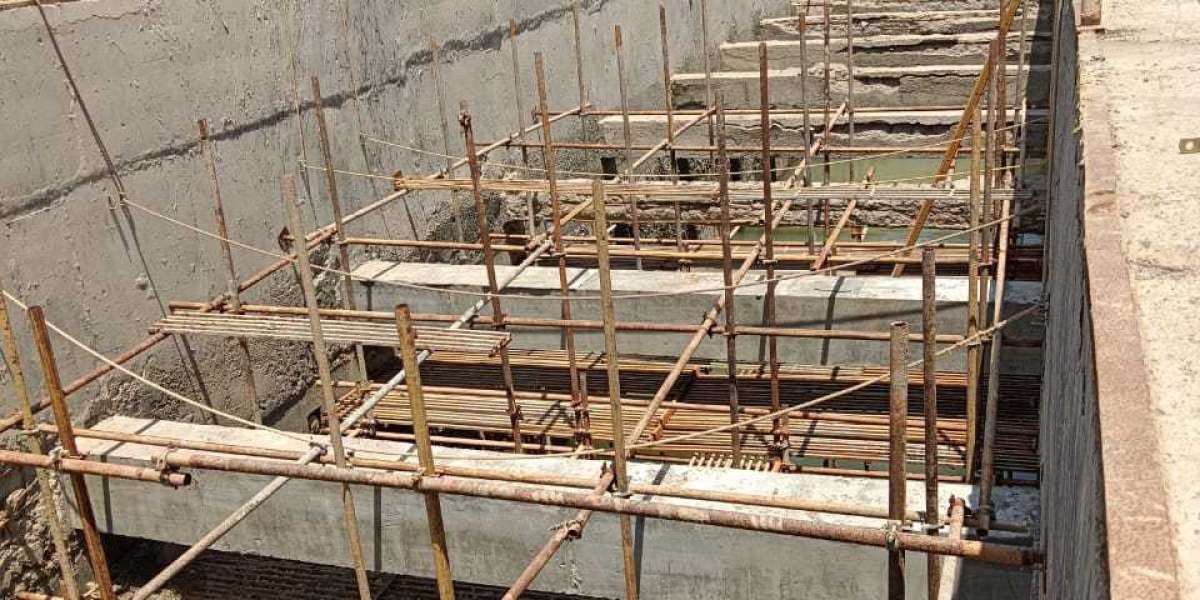India’s construction landscape is evolving. From cities expanding rapidly to ageing infrastructure needing urgent attention, the demand for structural repair solutions has never been higher. With rising concerns over safety, strength, and sustainability, engineers and contractors seek advanced alternatives to conventional repair methods. One of the standout solutions today is Carbon Wrapping for Beams.
The Shift from Traditional Methods
Repair techniques like concrete or steel jacketing were common in the past. However, these approaches have drawbacks. They take longer to install, take up more room, and put greater strain on the structure.
Furthermore, steel corrodes over time, particularly in India's humid and coastal regions. This frequently results in increased expenses and ongoing upkeep.
On the other hand, carbon wrapping for beams is corrosion-resistant and lightweight. For many engineers nowadays, it is a more alluring choice just because of that.
What is Carbon Wrapping for Beams?
The basic idea behind this technology is to wrap sheets of high-strength carbon fibre around structural supports. A unique epoxy resin is used to connect these sheets.
The fiber serves as an exterior reinforcement after curing, increasing the beam's flexural and shear strengths. As a result, the structure is stronger and lasts longer without gaining much weight.
This method is perfect for improving the longevity of new projects and retrofitting or rehabilitating older buildings.
Applications in the Indian Context
Buildings in India frequently suffer from subpar construction, intense monsoons, and neglected maintenance. Cities like Chennai, Kolkata, and Mumbai are constantly exposed to salty dampness, which causes beams to deteriorate more quickly than they should.
Carbon wrapping for beams is useful in this situation. It provides an effective, lightweight strengthening solution that is resistant to adverse conditions.
Benefits That Can’t Be Ignored
This approach is becoming more popular in India for several reasons:
- Strong and lightweight: The carbon fiber strengthens the structure without putting undue strain on it.
- Non-Intrusive: No significant beam removal or demolition is necessary for installation.
- Corrosion-Resistant: Carbon fiber resists corrosion and degradation better than steel.
- Flexible Usage: Fits well in commercial, industrial, and residential settings.
- Quick Execution: Projects can be finished more quickly, which lowers labour expenses and downtime.
Carbon wrapping for beams offers a workable option with unparalleled performance advantages.
The Process: Step-by-Step Overview
Although the procedure appears complicated at first, it is rather simple:
- Inspection and Surface Preparation: Any cracks are fixed, and the damaged beam is cleaned.
- Application of the Primer: A bonding primer guarantees that carbon fiber sheets adhere properly.
- Wrapping: A saturating epoxy glue is used to apply carbon fiber sheets to the beam.
- Curing: The epoxy forms a solid bond with the beam after being left to cure.
- Last Inspection: Engineers examine the wrapping to ensure consistency and efficiency
Because of its great adaptability, this system can be tailored to the structural needs and extent of damage.
Suitable Structures for Carbon Wrapping
Not every construction requires this approach. Nonetheless, it can be advantageous for several Indian constructions, including:
- Old residential structures with obvious fractures
- High-load industrial structures
- Flyovers and bridges are always under stress.
- Hospitals and schools need to be seismically strengthened.
- Heritage structures require delicate restoration methods.
Carbon Wrapping for Beams provides dependable, long-term reinforcement in each of these situations without compromising the building's aesthetics.
Cost Considerations for the Indian Market
Cost is one of the main issues with any endeavour. The choice of material and technique is frequently determined by budgets in India.
At first glance, carbon wrapping for beams could seem more costly than traditional techniques. However, it frequently proves to be cost-effective when you take into consideration the decreased labour, quicker installation, and longer lifespan.
Additionally, companies may restart operations more quickly when there is less downtime, which reduces indirect losses. Over time, even more money is saved because less regular maintenance is required.
Durability for Indian Climate Conditions
India's climate varies greatly, ranging from Kerala's humidity to Rajasthan's dry heat. Buildings need to be prepared to withstand these extremes.
Carbon Wrapping for Beams works effectively in all of these circumstances. It can withstand exposure to chemicals, dampness, and UV radiation.
Because of its endurance, repaired beams will endure longer between touch-ups and ongoing inspections. This translates to greater return on investment and peace of mind for property owners.
Government Regulations and Approvals
The benefits of this approach are now being acknowledged by several Indian municipal and infrastructure departments.
Fiber wrapping is increasingly frequently included as a preferred reinforcement technology in tenders for the repair of public bridges, flyovers, and municipal structures.
Carbon wrapping for beams is probably going to become a required procedure for structural repair and retrofitting as regulations continue to change.











